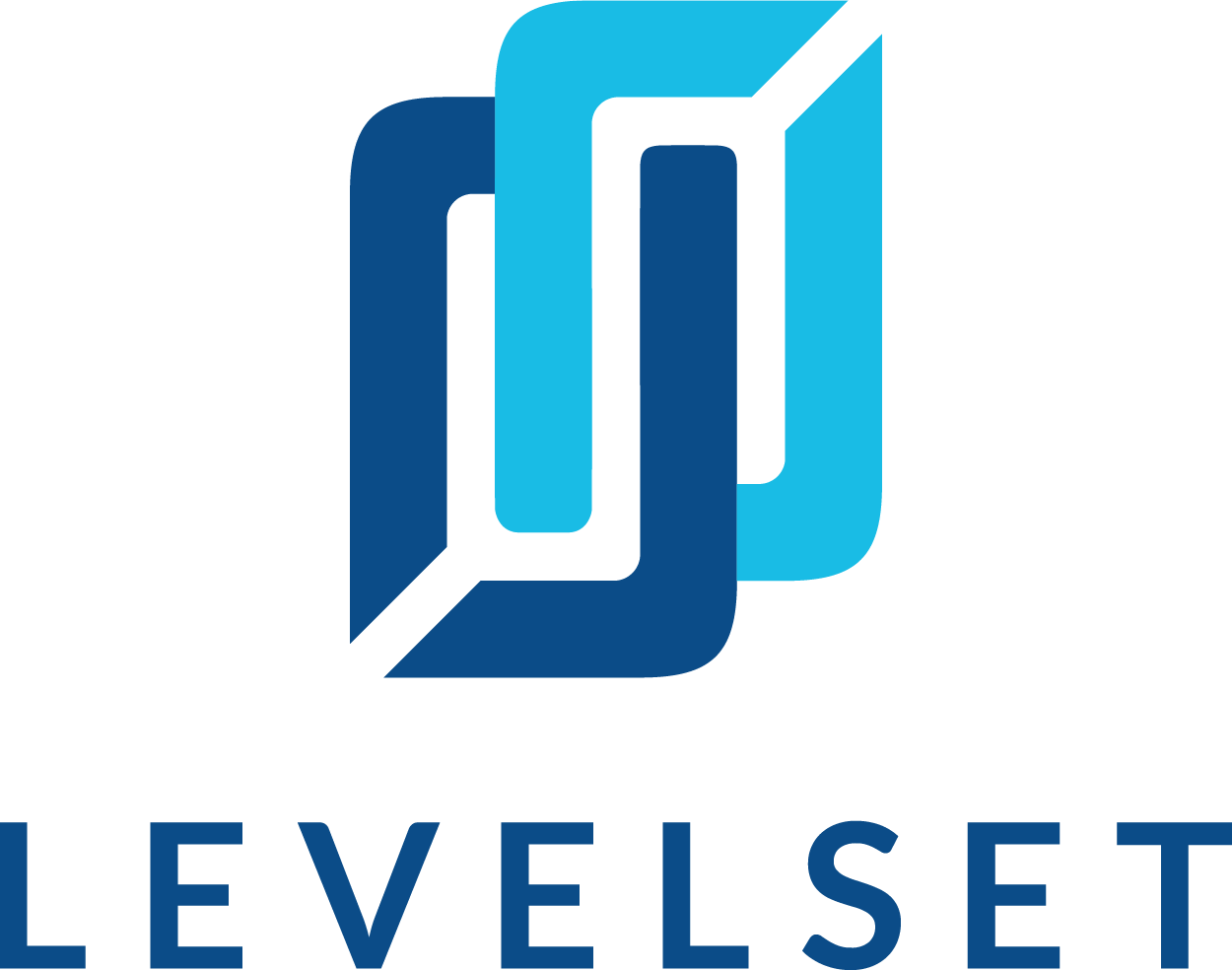
Lien waivers can be a pain for everyone involved. For owners, lien waivers are incredibly important to secure during the life of a project — otherwise, a lien might pop up. For GC’s, they often won’t get paid until all required lien waivers are received, and GC’s will typically be reluctant to send payments down the chain without exchanging a lien waiver for that payment. Finally, for parties down the chain, submitting a lien waiver can be scary. What if payment doesn’t come?
With all that in mind, let’s take a look at how lien waivers operate in New York – particularly, the Conditional Waiver Lien Waiver for the Final Payment.
Guide To New York’s Conditional Lien Waiver — Final Payment
Before going any further, let’s make sure you’re looking at the right waiver. Different waivers will apply to different situations.
A Final Conditional Lien Waiver is best suited for a party exchanging the waiver for final payment. Unlike an unconditional waiver, this waiver is conditioned on the claimant’s receipt of payment. If payment is not received, then lien rights aren’t waived.
For those anticipating additional future payments on the project (beyond a singular, final payment), a partial waiver might be more appropriate. For those who do not wish for the waiver to be conditioned on the receipt of payment, an unconditional lien waiver may be what you’re looking for.
Here’s How to Actually Fill Out the Final-Conditional Waiver Form
> Notice. New York doesn’t have statutorily required forms for its lien waivers. Thus, this notice is complimentary – but it serves an important purpose. The party requesting the waiver is being clear and upfront about what the document intends to do. For the party signing the waiver, they’re put on notice about what they’re about to sign.
> Name of Claimant. This refers to the party waiving lien rights, even if no actual “claim” has been made. Be sure to get the name exactly right here – mistakes with spelling and naming the proper business entity (i.e. LLC, Inc., etc.) are common.
> Name of Customer. Regarding the work that this waiver pertains to – who was it done for? Or, who hired the party waiving their lien rights?
> Job Location. Where was work performed? Try to be as specific as possible. The description in a lien waiver doesn’t necessarily have to be as particular as one that might appear in a mechanics lien. Still, making the form as correct as possible is worthwhile.
> Owner. Who owns the property where work was performed? If the party submitting the waiver was actually hired by the owner, this might be the same as “Name of Customer.” Anyway, ownership information can be hard to come by at times. Keep in mind that a Homeowner’s Association may not actually be the Owner for work done on condominiums, Co-Ops, or apartments. There’s more helpful information attached to this form – take a look!
> Maker of Check. Who is the party making the check that is being exchanged for this waiver?
> Amount of Check. I think you can handle this blank on your own…
> Check Payable To. This is the party that will be receiving payment.
> Exceptions. Exceptions can be tricky. This section should be used for any amounts that shouldn’t be included in the waiver. Many lien waivers waive everything, regardless of what might be excluded in a pay app (such as retainage, pending change orders, etc.). Take extra note when filling out this section.
> Claimant’s Signature. The party who’s waiving their lien rights should sign here.
>Claimant’s Title. What’s the title of the person who’s signing?
> Date of Signature. I’ll let you figure this one out.
Free Template Download:
New York Conditional Lien Waiver for the Final Payment
Conclusion
REMEMBER — Conditional waivers are always safer to use than unconditional waivers. An unconditional waiver should only be considered when payment has been made, everything checks out, and the money is literally in the bank. Having a check in hand (that can bounce or be canceled) is NOT enough since an unconditional lien waiver will waive your rights even if the check ends up being no good.


